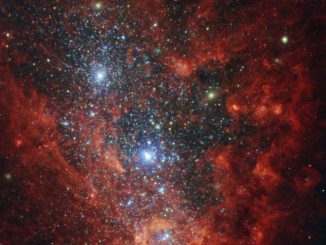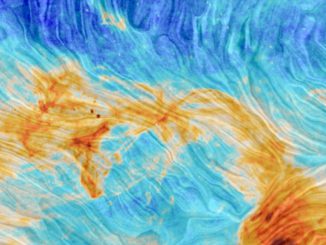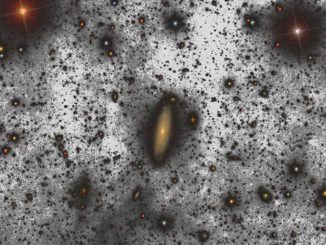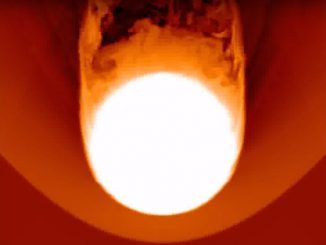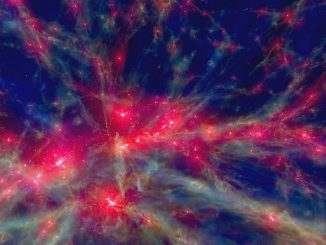
Seeds of supermassive black holes could be revealed by gravitational waves
Gravitational waves captured by space-based detectors could help identify the origins of supermassive black holes, according to new computer simulations. Durham University’s Institute for Computational Cosmology ran the huge cosmological simulations that can be used to predict the rate at which gravitational waves caused by collisions between the monster black holes might be detected.

